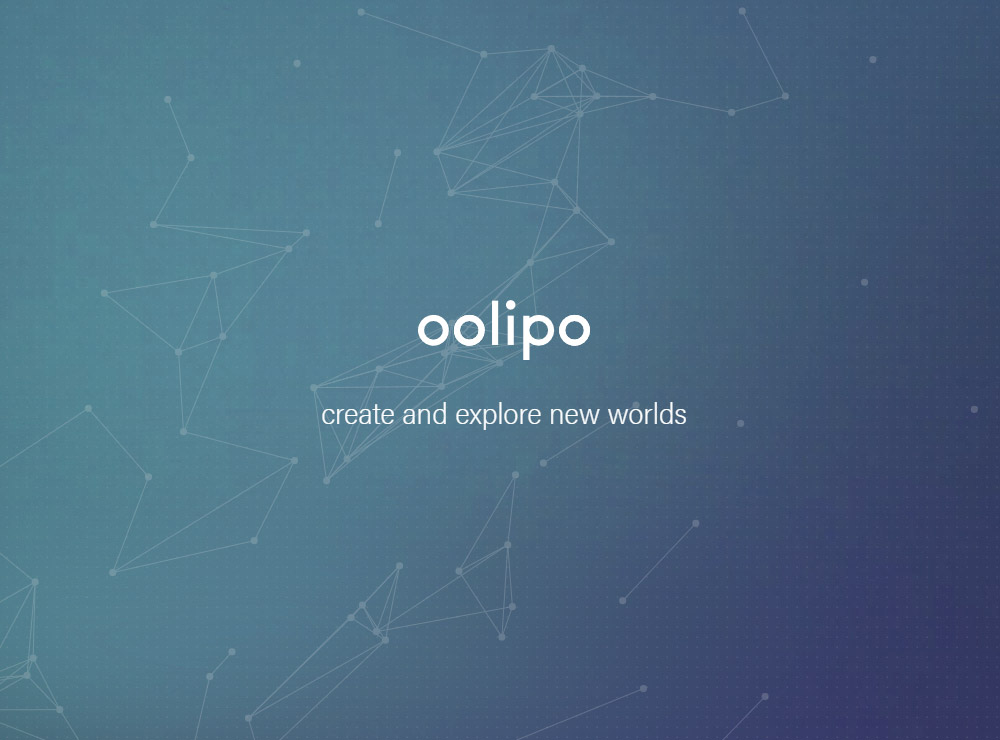By James Pullin
Starting oolipo
When Steve Jobs unleashed the iPhone in 2007, few could have predicted the changes that would follow. Those twelve months have since been named “the year the world turned upside down”, by John Naughton.
Since then we’ve seen the rise of the likes of AirBnb, Deliveroo and Uber. These companies revolutionised their industries by unleashing the technology native to mobile devices. They disrupted established models through innovation.
The publishing world has yet to experience a similar shift. It’s true that the distribution of content has changed. Wattpad, YouTube, Facebook, Netflix and Amazon have seen to that. Self-publishing has become an alternative to the traditional publishing model. But generally the form of that content has remained the same.
As technology advances and connection speeds improve, new possibilities for digital storytelling are appearing. New formats are springing up around the world.
oolipo is a digital storytelling platform that wants to drive this change in both form and function. Our aim is to delight users with stories created in a unique format and driven by functionality that's native to mobile devices.
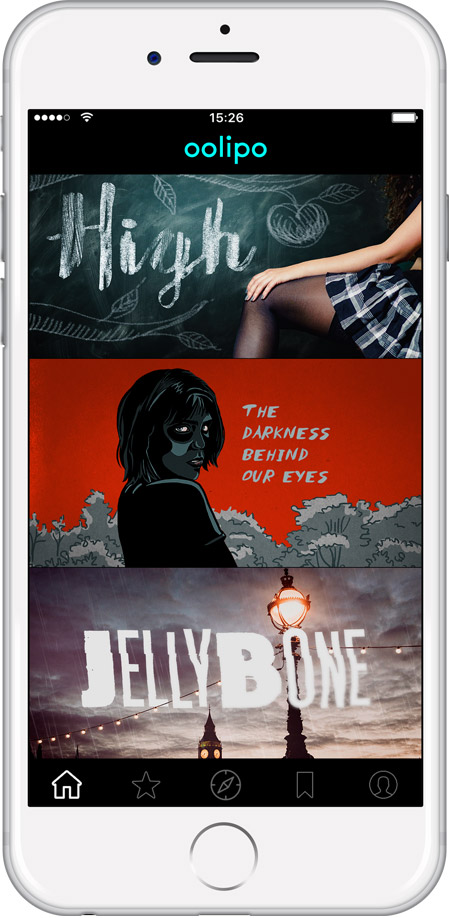
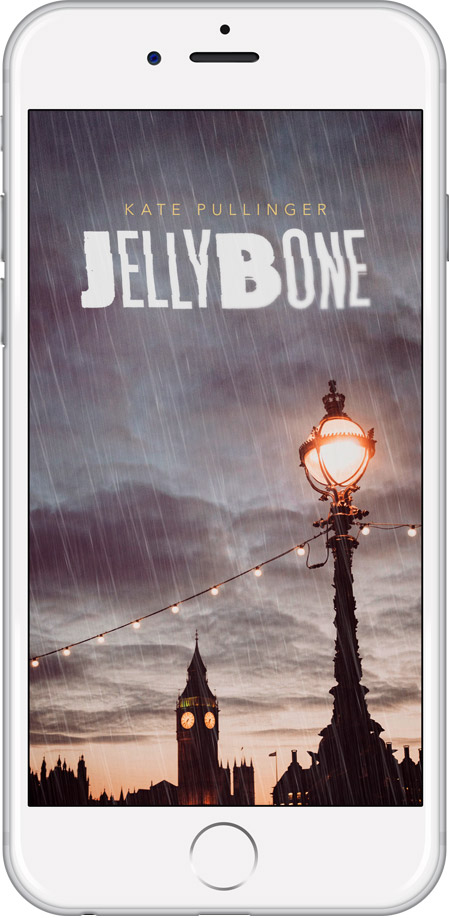
The name
After we had the idea for oolipo, we needed a name. What attracted us to our current moniker was the exploratory spirit of the original oulipians. By combining mathematics and literature, that group “sought out new structures and patterns” for writing. We especially liked the idea of Perec’s “story-making machine”, which probed how creativity filtered through a set of rules could trigger more ideas and inspiration.
We want to adopt that spirit of adventure with oolipo, our storytelling platform. Like the oulipians, our work is driven by a passion for stories and technology. On top of that, we’ve added our passion for human connection. oolipo is designed to be shared.
The oolipo story
There were a few observations that led us to start our oolipian journey.
First, around two billion people now have supercomputers in their pockets, their mobile phones. Yet, according to Pew research, only 6% of Americans read exclusively on those devices.
This looked like untapped potential to us.
The lines between story types have also been blurred by the audience. oolipo will supply fiction and non-fiction, everything from children’s stories to scary graphic novels, because we don’t believe our audience wants segmentation. We wouldn’t call oolipo a platform for digital literature. Enforcing divides is not important to us as a platform, because everything is a story from our point of view. If a user prefers to read “digital literature” they’ll be able to find that on oolipo. Just as you can use Spotify to listen to Katy Perry or Chopin, oolipo is a platform for all stories.
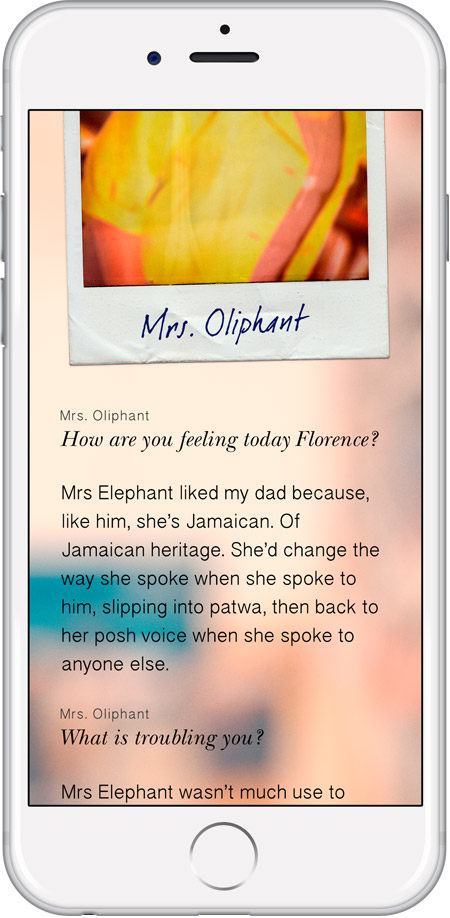
Next, eBook sales have stalled while physical book sales remained strong. But this isn’t due to younger people —those “digital natives”— not wanting to read. 80% of American 18-29 year olds have read a print book in the last year, compared with 67% of those 65 and older.
Young people have a huge appetite for stories. The amount of text that’s read each day on social media platforms is vast. They sign up to services like Spotify and Netflix, they listen to podcasts, and they consume more social media than ever before. Yet eBooks haven’t caught on as expected. Why?
Finally, we noticed something while glued to Stranger Things. The show was the same whether we watched on TV, desktop, phone or tablet. The storytelling potential of mobile devices was lost. GPS, messaging, interaction, and user generated content are all ignored. What about the ability to interact, to share, to experiment?
The message didn’t fit the medium.
With the explosion of platforms like Wattpad, YouTube and Instagram, text, video and image storytelling has been democratised. Everybody with a phone can now publish their creations and share them with the world. oolipo aims to do the same thing with multimedia storytelling that’s currently only available to the app creators.
There's a clear opportunity for a storytelling platform designed for mobile devices. That's why we’re building oolipo. It’s the new mobile-first storytelling format that we wanted to use.
The challenges
One criticism of mobile reading is that notifications disrupt the reading experience. I wouldn’t recommend long form stories for oolipo. There’s no better experience than settling down and disconnecting from the world with a physical book.
Instead, we’ve created a platform for episodic stories. Each oolipian episode comprises less than 15 minutes of reading experience. These are linked together into a 'series'. Of course, you can binge on oolipo stories if you prefer, but we created the stories with an episodic mobile experience in mind. They’re split into manageable chunks.
Trying to introduce a new format isn’t easy. oolipo is not enhanced ebooks, nor is it an attempt to replace physical books. It’s an attempt to create a new mobile-first story format. Getting the messaging right and explaining our points of differentiation will be crucial.
'The hardest part of creating is overcoming the blank page.'
We’re also aware that user attention is more scarce than ever. The many established social media platforms are here to stay. We’d be crazy to encourage people to abandon their Facebook account in favour of oolipo. Instead, we’ve included ‘platform overlap’ in everything that we do. You can use most of your social media accounts to log into oolipo. Sharing across existing networks will be vital to our success. Our stories even integrate the functionality of other social networks.
We need to grow also. To help achieve this, we want to offer more than just outstanding stories in our format. We’re developing StoryLab, a tool that allows brands, authors and publishers to create oolipian stories easily. This publishing engine will support creatives to develop their ideas from conception to publication and our content team will be on hand to help out. The hardest part of creating is overcoming the blank page and oolipo will help you overcome that initial paralysis.
Our StoryLab tools will be available to select partners in 2017. If you are a journalist, writer, brand, creator or agency with a story to share, please get in touch with us - hello@oolipo.com.
What’s more, oolipian stories foster real audience engagement without the cost of producing a standalone app. Imagine experiencing the Paul Pogba story on oolipo on the way to Old Trafford. Or exploring a character's backstory after watching Star Wars: Rogue One. Those are kind of storyworlds that we’re interested in expanding.

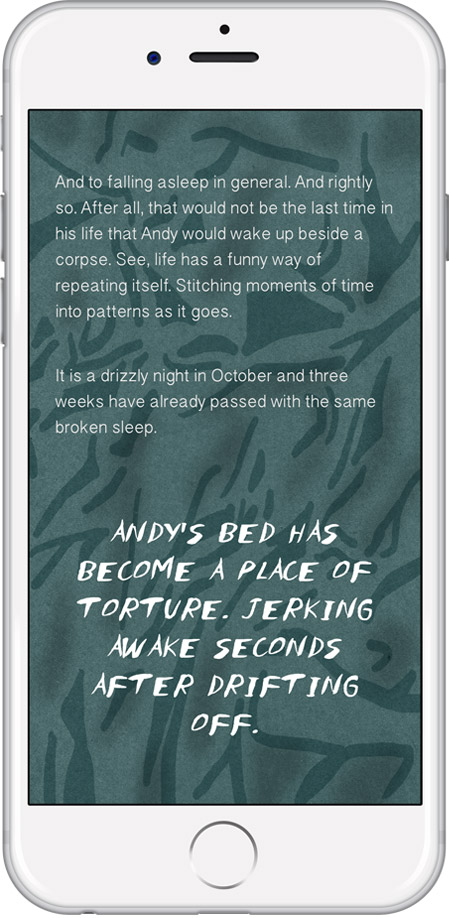
What makes oolipo different
The experience of progressing through an oolipo story is unlike any other. Every decision we’ve made puts the mobile user first. There’s no platform that can offer the same format. We’re thinking in the reverse mindset of the status quo. Others think content-first, then ship their creations to technology platforms. oolipo is technology first, then we craft our stories accordingly.
When we looked around at Instagram or Snapchat “stories”, these resembled collages, not complete stories. oolipo wants to do more. We want characters, a plot and character development in our stories.
There’s an outstanding collection of oolipian titles set to be released. Check out the app for a list of what's on the way.
One of my highlights is Get Used To It, which we produced with Blam Studios in Berlin. It tells the story of radical girls skateboarding in South Africa. The young women we met there are committed to following their passion for skating, even if it means contending with harassment and violence. The video-led narrative explores a dangerous and under-reported world. Get Used To It is further enhanced by the addition of oolipian features. The most exciting of these is story threads, which allow the user to drill down in whichever direction interests them.
Users are used to switching between text, video and interactive elements. Social media has engendered this mix into our media habits. We’re trying to engage with this combination by finding the right balance between “reading” and “watching”. We’ve yet to come up with a word to describe this activity. If you have any suggestions, let us know!
The coming months will be a fascinating time for oolipo. You can follow our journey @oolipo on Facebook, Instagram and Twitter. Stay tuned.
About James Pullin

James Pullin is Digital Marketing Manager for oolipo. His background includes marketing for a traditional publisher and several years as a strategist for a digital marketing agency. His areas of interest are emerging platforms, storytelling and big ideas.





